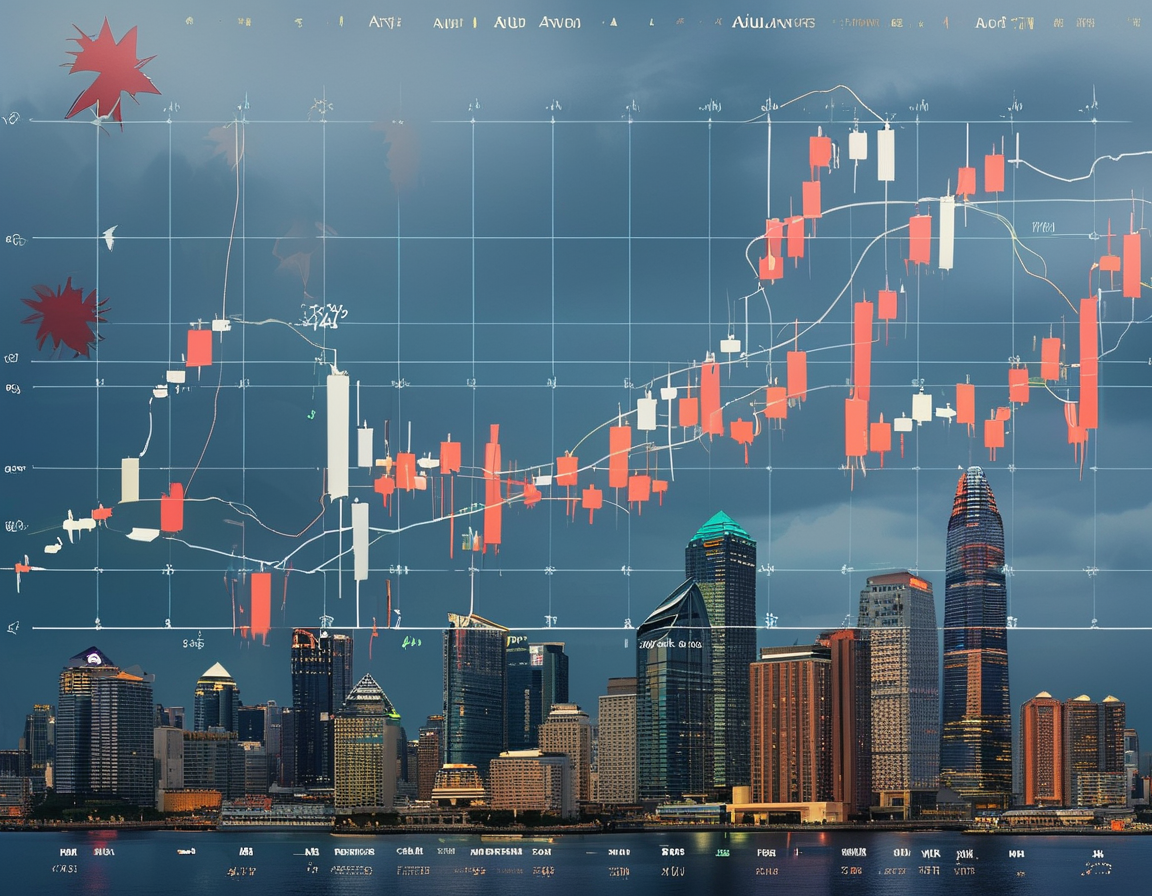
**The Impact on Asian Markets**
The shockwaves from Trump’s tariffs have rattled the Asian markets. As major indexes opened on Monday, analysts called it a “bloodbath.” Investors in cities from Tokyo to Sydney felt the instinctive bite of uncertainty.
The tariffs were not just numbers on a screen. They are real for workers, families, and businesses. Countries like Vietnam and Bangladesh are at risk. They have built substantial economies hinged on exports to the US.
By midday, Japan’s Nikkei 225 was down 6%. The ASX 200 in Australia sank 4%. Even the Kospi in South Korea dropped 4.7%. The alarm bells rang loudly across the region. It’s as if someone flipped a switch, plunging these markets into chaos.
**What Does It Mean for the Global Economy?**
The current trade turmoil is about more than market numbers. It’s about livelihoods. Julia Lee, from FTSE Russell, pointed out that tariffs are stoking fears of inflation and recession.
Goldman Sachs raised the odds of a US recession to 45%. JPMorgan followed suit, warning of a 60% chance of a recession affecting not just the US but globally.
What does this mean for the average person? Higher prices, dwindling job security, and a potential loss of savings. The stakes feel profoundly personal, leaving many to wonder how to weather this storm.
**Effects on Export Reliance**
Countries like Vietnam and Bangladesh find themselves in deeper waters. They depend heavily on the US for business. With the tariffs now in play, their futures look grim.
For instance, Vietnam faces a steep 46% tariff. Bangladesh follows closely with a 37% tariff. Issues like these can devastate businesses overnight. Brands like Nike and Lululemon depend on these countries for production. Their fate ties right back to the decisions made thousands of miles away.
It’s not just numbers; it’s about families relying on stable incomes. Bangladesh exports over $8.4 billion in garments a year, primarily to the US. Each piece of clothing represents a worker’s effort, dreams, and struggle.
**Broader Consequences for Asia**
It’s clear that Asia bears the brunt of this tariff fallout. Frank Lavin, a former US trade official, explained that Asian nations send more exports to the US than any other market. It makes them vulnerable.
The rapid downturn in Asia raises questions about the long-lasting damage. Would the region’s economies recover, or will they languish under the weight of punitive tariffs? It’s a nerve-wracking dilemma facing leaders and citizens alike.
With the US stock markets in turmoil too—with declines surpassing 5%—the sentiment is palpable. The Hang Seng Index dropped nearly 10%. Economic waves radiate across borders and oceans, impacting families who don’t even know why their bills just got higher.
**Looking Ahead: Hope or Despair?**
In these uncertain times, where does Asia turn? Could negotiations lead to a reprieve, or are we facing a new reality of permanent tariffs? That’s the vital question.
In the short term, one thing is clear: both the Asian economy and global markets are unstable. The challenge is to navigate this chaotic landscape, balancing between survival and the hope of recovery.
Envision small businesses hanging by a thread or workers laid off suddenly. It’s hard to fathom the personal stories behind statistics. They remind us we all share this interconnected world, where one country’s decision can have cascading effects far away.
As we reflect on these challenges, it’s essential to remain engaged. Awareness is the first step towards understanding solutions. How can we better support those affected? That is the question we must ask as we face the uncertain future.
Leave a Comment